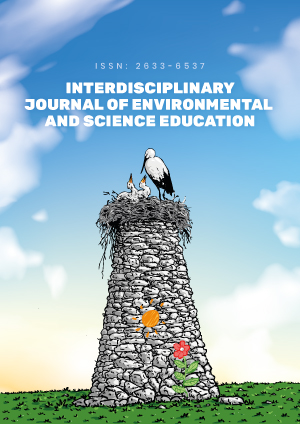Abstract
According to literature, science-based stories can not only trigger students’ curiosity about scientific concepts but also increase their understanding of them as well as to facilitate the retention of information in students’ memory. It is a common practice for elementary school teachers to create stories in order to teach several topics. To investigate the ability of pre-service teachers in Science story writing, we selected the topic of karst caves which it can be studied through many disciplines (i.e. Geography, Geology, Biology, Chemistry, Environmental education, Ecology) according to the Greek curriculum. Moreover, although karst caves are part of Greece’s geological history, they are neither taught nor extensively mentioned in the Greek Primary and Secondary Education curricula. In this research, we examined whether Greek pre-service primary school teachers are able to create complete science-based stories about karst caves, by following the necessary didactic transposition of scientific concepts and the key elements in structure and plot of a such a story. For this purpose, we assessed by content analysis 100 pre-service teachers’ written stories. The results revealed that most of the participants achieved to create sufficient stories in structure and plot, whereas they did not achieve to transpose the necessary scientific concepts that they had included in their writing.
License
This is an open access article distributed under the Creative Commons Attribution License which permits unrestricted use, distribution, and reproduction in any medium, provided the original work is properly cited.
Article Type: Research Article
INTERDISCIP J ENV SCI ED, Volume 16, Issue 4, 2020, Article No: e2220
https://doi.org/10.29333/ijese/8421
Publication date: 18 Sep 2020
Article Views: 3426
Article Downloads: 1921
Open Access References How to cite this article
 Full Text (PDF)
Full Text (PDF)